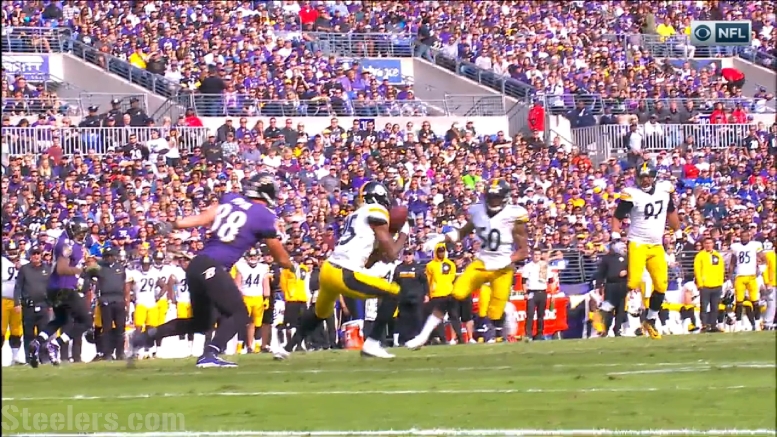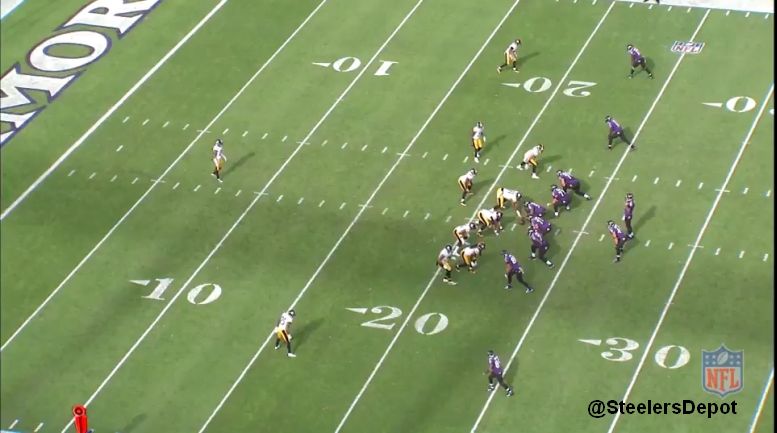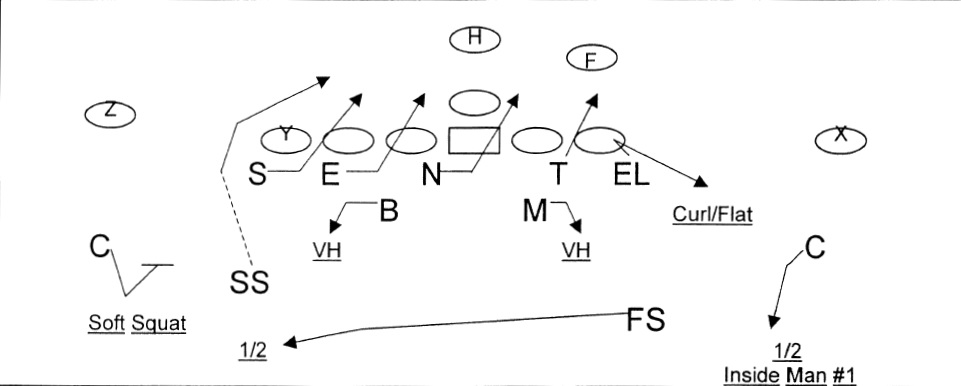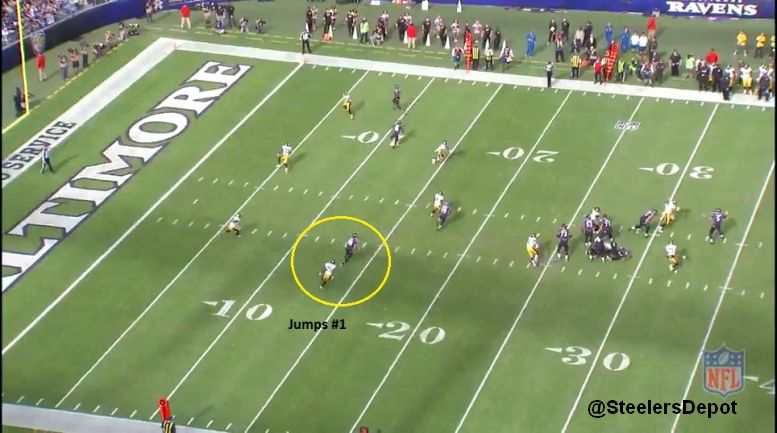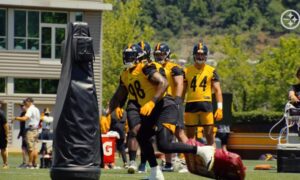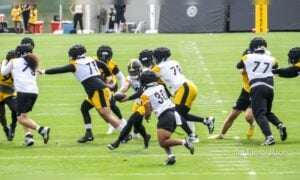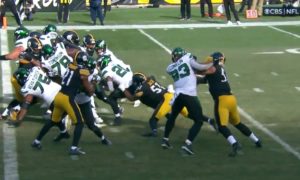Interceptions aren’t created on Sundays. Unless you’re playing Ryan Fitzpatrick, they’re earned through hours of tape study. And that’s how Artie Burns earned his first interception Sunday.
Here’s what he told reporters after the game, via Steelers.com.
“They ran a concept I’ve seen before on film. I just went in and got it when he threw it up.”
Let’s take a peek at what he might be referring to.
In Week 6 against the New York Giants, two games ago for Baltimore (they were on a bye week 8), they ran this concept twice. But first, let’s look at the actual play.
In film study, there are a lot of tendencies to look at but there are some very basic ones you gotta know. Down and distance, formation/personnel grouping, and line of scrimmage.
For example, “on 3rd and 8-10, the offense likes to run a split dig concept to the field” out of a 3×1 set.”
On Burns’ interceptions, it’s 3rd and 10 from the Steelers’ 23. The Ravens are in a 2×2 set with a pair of crossing routes to the boundary by both the #1 and #2 receivers.
The Steelers run a Fire Zone but add an interesting wrinkle. It’s Cover 6 with their five man rush, Mike Mitchell coming off the edge, but it’s dressed up differently in the secondary.
The call is similar to Dick LeBeau’s Storm Fire Zone, a closed side safety blitz off the edge.
Normally, both cornerbacks are responsible for their deep third with a free safety patrolling the middle. Here, free safety Mike Mitchell is responsible for the deep half to Burns’ side with the rookie cornerback serving as the flat defender.
Ross Cockrell to the top plays his quarter of the field. Ditto with slot corner William Gay. Still a three deep zone, which is what is usually behind Fire Zones, but it looks a lot different.
Burns has no flat responsibility and with his film study, jumps the short dig route to Dennis Pitta, picking off the pass after Joe Flacco is influenced by the Mitchell pressure. Burns picks it off and holds Baltimore off the ball.
So let’s look at that Giants game.
It’s 3rd and 13 on the Giants’ ten yardline. They are in a 3×1 look, a difference, but have Pitta detached from the formation. And here, both Pitta and the #1 receiver, Kamar Aiken, run a pair of short dig routes. It’s complete to Pitta for a gain of eight.
Later in the game. 3rd and 9 from the Giants’ 17. Baltimore is in a 2×2 set with Pitta detached, though to the other side of the field. To the bottom, the #1 and #2 receivers run in-breaking routes. The #2 receiver does run more of a slant but that’s likely a sight adjustment because the cornerback is playing inside leverage and taking away the short dig.
Neither of those are entirely like what the Ravens did here, there is some pre-snap motion to reduce Steve Smith’s split, but you can tell that in that down/distance and field position situation, Baltimore likes to run short dig routes with their #1 and #2 receivers.
Burns was able to process that, doing his job and making sure there was no one in the flat, and then jumped the new #1 – Pitta – and made a great play. It’s a high pressure situation, third down on the red zone fringe, and Burns came up big. Great scheme, great study, finishing the play. That’s how defenses create splash.

